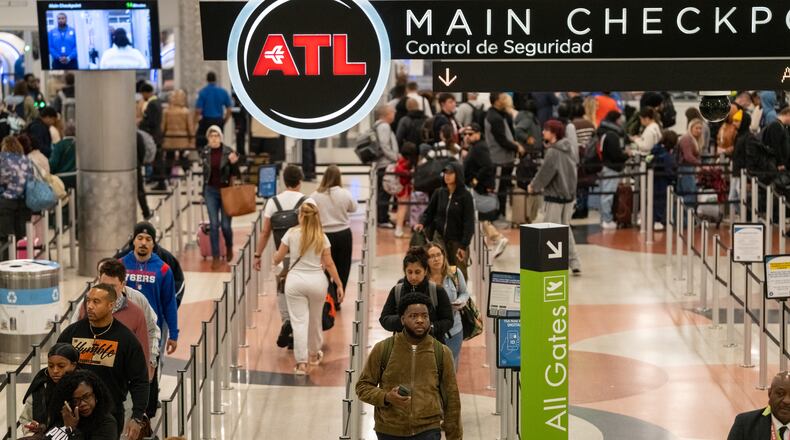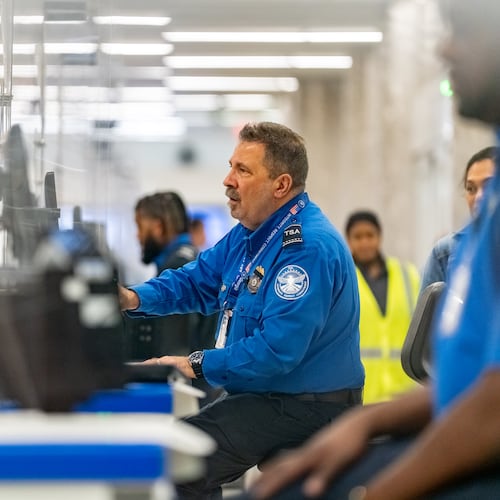One of the top customer service challenges for the world’s busiest airport is security wait times.
Hartsfield-Jackson Atlanta International Airport handled about 108 million passengers in 2024, but a large portion are connecting travelers who do not pass through Transportation Security Administration checkpoints.
But to help passengers plan, the airport does provide live, updating wait time estimates on its website, based on data collected by Swiss technology company Xovis.
The Xovis system uses sensors that detect how many people are in line and predict how long the wait time will be based on the inflow and outflow rate, number of lanes open and other factors.
However, these are only estimates and have limitations. If lines stretch past the physical sensors, for example, the system will not be able to calculate longer wait times.
Hartsfield-Jackson has been using the Xovis passenger wait time reporting system for about six years.
What drives long wait times is a “relatively simple equation,” Florian Eggenschwiler, Xovis’ chief product officer, told the AJC in a prior interview.
“You have demand, the number of passengers arriving at a certain period of time, and you have supply, the number of passengers that you can process at a specific checkpoint across all your lanes.”
“If your demand has a sudden surge, which it usually shouldn’t, because you know your (airline) schedule … but then if your supply dwindles, for whatever reason, staff shortage, equipment breakdown, etc., then usually that’s what drives it.
“And in most cases, you kind of know ahead of time … it’s going to be ugly.”
Keep Reading
The Latest
Featured




